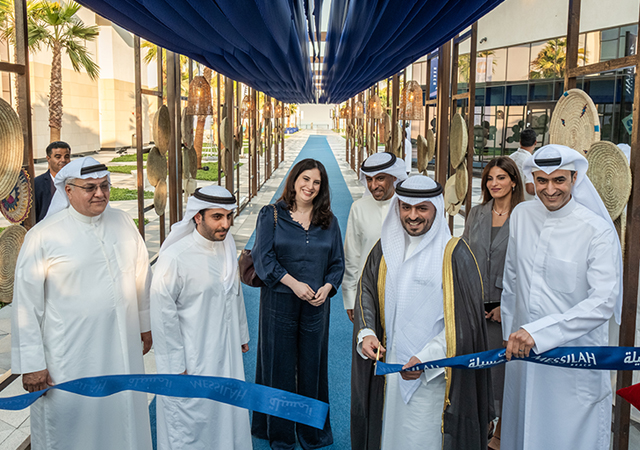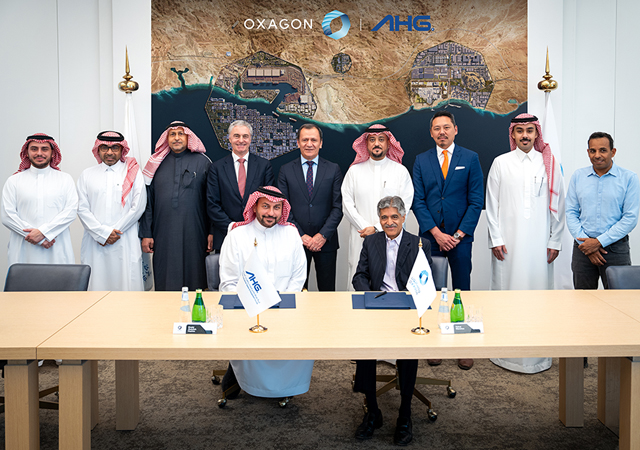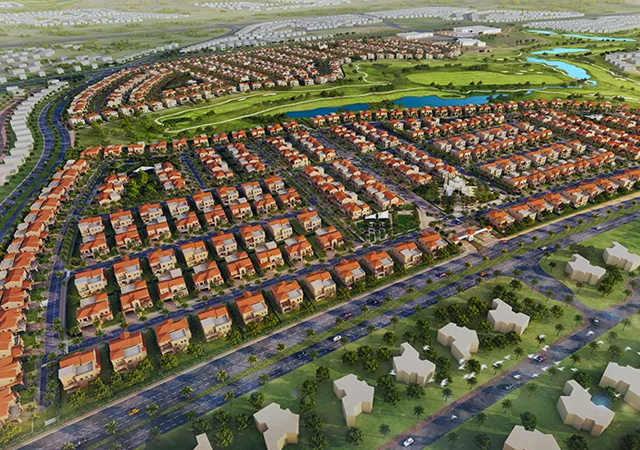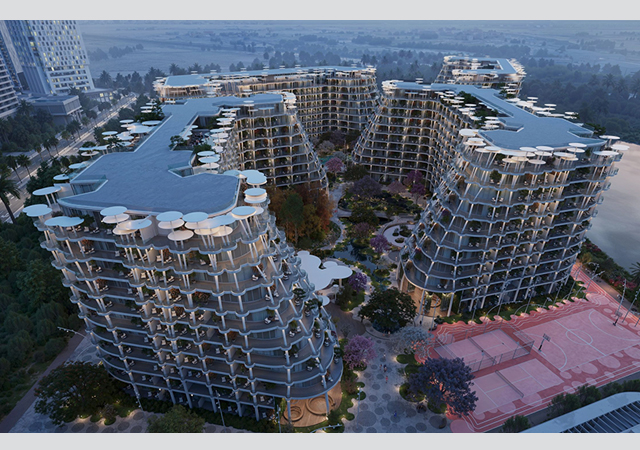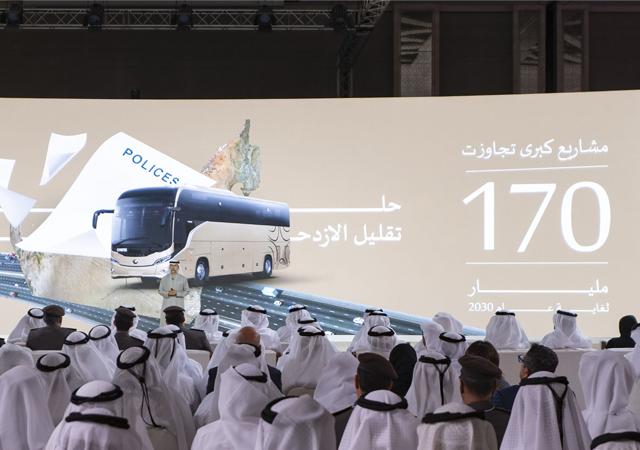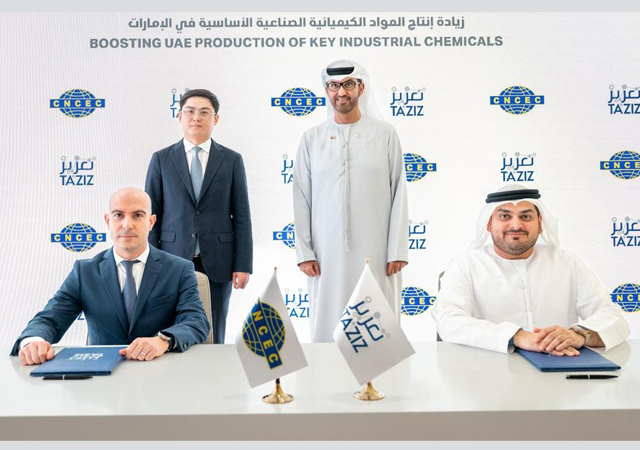

Information management (IM) in the current construction process is decentralised and while parallels can be drawn between the architect in the construction process and the process designer in an industrial project – both of whom are positioned at the start of the information refining chain – the software tools provided for fabricators and detailers are clearly on a different level compared to those provided for other parties in the construction process.
The tools used by process designers are more or less model-based. However, while some model-based 3D tools are also provided for architects, but they are not widely used.
Next in line in the construction process stands the structural engineer. However, he cannot fully exploit the information from the architect. The structural engineer is responsible for the design of structural elements and overall structural stability and also creates detailed structural contract documents and specifications, prepares the scheme drawings for consistency with the design intent and reviews the structural assembly during the construction stage. Here, the routines used in analysis and design are strongly algorithms-based and have thus been subjects for early computer program development. Hence, there are currently many different structural analysis and design software packages in the market.
The national flavours of structural design codes have also been boosting this decentralised development. Practically all software vendors on the market are offering roughly the same functionality and performance, so the user’s choice of analysis and design applications is mostly a personal preference. The tools adopted for drawing production are still mostly 2D CAD programmes.
In the best-case scenario, the consultant is also responsible for designing the member connections and possibly even for the production of fabrication drawings. However in the worst case, the responsibility of connection design and fabrication drawings is divided between different organisations, resulting in a doubling-up of design and drawing work and thus increasing the risk of errors.
A few of the largest process design packages for fabricators and detailers are based on product model thinking, however they are a bit out of the scope when considering steel construction. The superior intelligent 3D modelling and detailing tools, like Tekla Structures Steel Detailing, available cover all the major tasks of detailing, and integrate well with the fabrication process, as all of the information is stored in one solid 3D product model.
Information flow
With IM in the current construction process being decentralised, the information is passed as documents, between the parties involved. As the documents are only reflections of the concept, the correctness of the final result cannot be guaranteed.
Document-based communication means that large amounts of information are not passed or are passed in a form that the receiving party cannot exploit. This means doubling-up of drawing work and with more parties involved, there is greater risk of erroneous information slipping through the system and onto the site, which will incur additional costs, disruptions and delays to rectify.
One of the central links in the information flow through the construction process seems to be the structural engineer. However, the software systems that engineers are using today, for the analysis, design and drawing production have only few common links. This means that even though engineers may have created a 3D model of the structure for the structural analysis, they cannot really exploit this model when preparing their drawings. Neither do they also have the opportunity to fully exploit the information they receive from the architect, nor can they pass the intelligent information onto the detailing and fabrication stage of the project.
Using the internet and e-mail systems for the transfer of project data has speeded up the information flow. However, the bottlenecks still remain in the communication, as document-based systems are not capable of passing intelligent information.
Practical approach
As fabricators and detailers currently have superior 3D modelling and detailing tools, the natural approach to solving the problems is to take advantage of already proven technology and widen the scope of the physical model to also cover the engineer’s needs. Correspondingly, as the structural engineers appear to be in the centre of a supply chain, this will obviously be the direction to spread the scope of the 3D model.
When using 3D detailing tools, detailers are currently creating product models of the structures including all the relevant information required for manufacture and construction of the modelled elements. Structurally, the optimal solution would be a complete solid 3D product model where the loading, structural elements (including reinforced concrete) as well as the analysis and design results are stored (see Figure). In the future, all the building’s components and finishes could be added to form a total, rich modelling environment with all the appropriate information available to the design and construction teams.
The single model format, which is shared by Tekla Structures Engineering and Tekla Structures Steel Detailing covers all information from analysis and design down to the detailing and fabrication stages. Analysis and design are integrated as an organic part of the system. The single model also covers other materials and resolves the bottleneck in information flow.
This single model does not struggle against the global standardisation processes as, on the contrary, due to the rich model, independent applications capable of communicating through the standardised data exchange protocols, can be linked to the system without losing information. Correspondingly, the architect, process designer (both located usually upstream in the information chain), the workshop and the building site can all be linked to the chain to ensure the maximum exploitation of the information. The single model makes it possible to take full advantage of the available standardised data exchange tools.
Responsibilities
Sharing the model will bring together a variety of construction experts from the design team, through to the production and construction contractors, who all understand their own piece of the model but not necessarily that of others. The biggest debate is going to be territorial, as to which of the design team or contractor is allowed to place his elements into the restricted construction spaces. In the near future, tools based on 3D product modelling technology will allow all of the building elements to be modelled in 3D. Also any possible inconsistencies between the objects created by different parties will be identified and resolved before construction begins.
When the engineer’s dream of a solid single product model becomes a reality, the construction industry will face a totally new situation. The current structure of sharing the responsibilities and tasks is obviously not the best practice and there definitely will be a slow but inevitable change in the structure of the industry. As collaboration within one organisation would most probably be easier than over the organisation borders, the development will lead to bigger organisations, networking and alliances.
The future releases of the single model, shared by Tekla Structures Engineering and Tekla Structures Steel Detailing, will definitely provide tools for managing the scope of responsibilities.
Intelligent model
One of the essential things in the model used as the foundation for integration is intelligence. Having all information in one model dramatically decreases the overhead in drawing production for example, as well as the inputting of information into the system. However, just having the information in the model does not automatically solve all of the problems. When the structure is revised, the resulting consequences must be managed effectively – the question is not only of quantity but also of quality.
Tekla Structures Steel Detailing has had intelligent objects and connections since the launch of the application in the mid-90s. The objects will automatically detect any modification in the connected elements and attach themselves to the new situation, helping the user to keep the structure consistent when layouts or profiles are revised. In Tekla Structures Steel Detailing, the drawings are linked to the physical model and any modification to the model will automatically be reflected on the drawings, ensuring the consistency between the model and the documentation and hence ensuring that errors do not slip to the site.
In Tekla Structures Engineering, the analysis and design routines are an organic part of the system. The modifications are also managed automatically, which is due to the object-oriented technology used. When using links to third-party applications, the current physical product model used in Tekla Structures Steel Detailing can handle modifications made in the remote applications, by keeping track of changes in the imported model. Modifications made in the third-party application are presented prior to being imported into a temporary model. The user can then accept either all the changes or specify the ones required to be transferred to the model.
Process modelling
Tekla Structures Steel Detailing has recently also taken remarkable steps towards process modeling. So far, the connections between profiles have automatically responded to modifications and attached themselves to the new situation. However, the intelligence used to reach up is only to keep the model logically consistent. The joint parameters are not affected.
The latest version of Tekla Structures Steel Detailing also provides totally new opportunities for automating the modelling. Users can model by defining simple rules for selecting connection parameters as well as providing rules for creating connections automatically. This means that when importing modified profiles from a process design application, for example, Tekla Structures Steel Detailing automatically updates not only the profiles but reconsiders the connection parameters based upon the new situation. The automation can be based practically on any attribute of the connected parts, or reactions, coming from integrated analysis or design software. This opens several interesting possibilities for users, for example to create their own table-based design rules for selecting connection parameters, when the particular connection used does not have any design parameters defined.
Production model
When looking downstream from the single Tekla Structures Engineering and Tekla Structures Steel Detailing model, we can see a large main stream going to fabricators and a smaller turning, actually upstream, back to the models of architects and process engineers. The majority of the information in the past has been only drawings and reports. However, when the fabricators have implemented modern CNC technology, the control information for CNC machines can also be passed on. The NC information however, has only been available from 3D detailing systems.
Nowadays, the information passed to fabricators is increasingly transferred into Management Information Systems (MIS) applications, the majority of which do not fully exploit the advantage of the 3D systems due to their origins in the 2D world. However, the development is going towards more integrated MIS systems, which are exploiting the rich information from an integrated single model.
Another result of the integration is the change towards value engineering – integrating the design suggestions of the fabricator with the consulting engineer’s scheme, to arrive at the most cost-effective solution for a project. The benefit of this ongoing process is that fabricators can increase their own efficiency by directly influencing the type of connections, interface details and selection of materials to suit their own individual workshop machinery and process. As a natural consequence of this change the structure of the industry will obviously change towards bigger units and deeper collaboration between different organisations.
Fourth dimension
The single model shared by Tekla Structures Engineering and Tekla Structures Steel Detailing will be available shortly, opening avenues for the construction industry’s ultimate goal of a shared single 4D model covering the whole life cycle of the construction.
All the parties involved in the construction process can store their information in a single model. The overheads in storing the information is eliminated and everything is stored only once. The information will be refined during the design/construction process and all parties involved in the process have flexible access to the information. The fast development of Web technology is helping flexible communication, with geographical borders being demolished.
The model will contain time – the fourth dimension. The detailer will exploit the model originally created by the structural engineer. However, after detailing the structural engineer still has access to his model. Similarly, any revision to the model and the corresponding output can be easily tracked. Also, all the components provided by third-party applications can be presented in the same model. These are transferred into the model using long transaction technology. When the model revision control is implemented, revisions can also be controlled, allowing the engineer to easily check the possible effects on the structure of the modifications made by other parties.
Summary
The new technology has finally brought the engineer’s dream of integrated design processes attainable by everybody, which will speed up the ongoing slow but inevitable change to the industry. The new way of managing the construction process is actually the easiest way to go forward. The applications based on the new 3D product model thinking already provides remarkable benefits compared to the old technology, not to mention the major benefits coming in the near future.














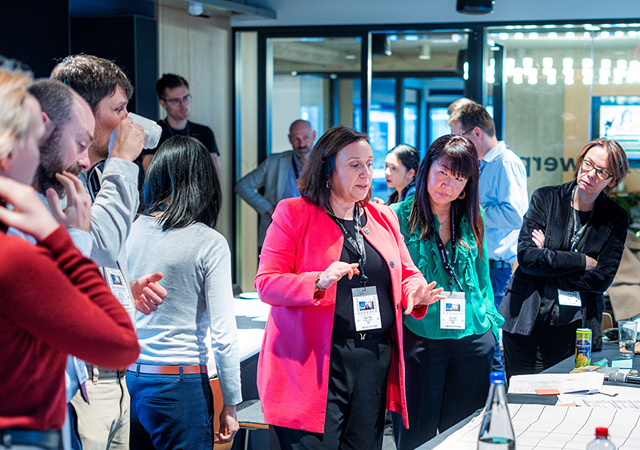


.jpg)

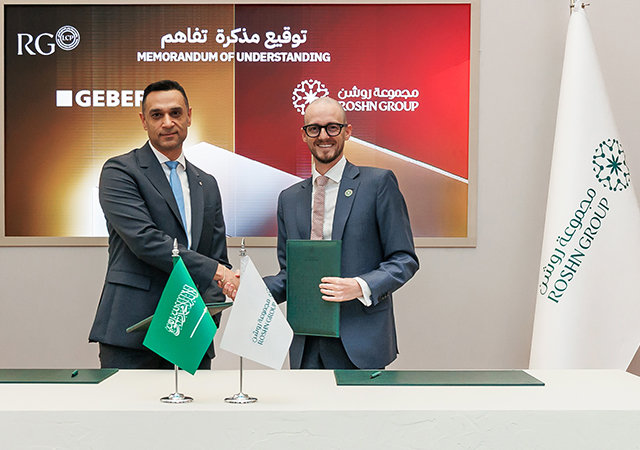
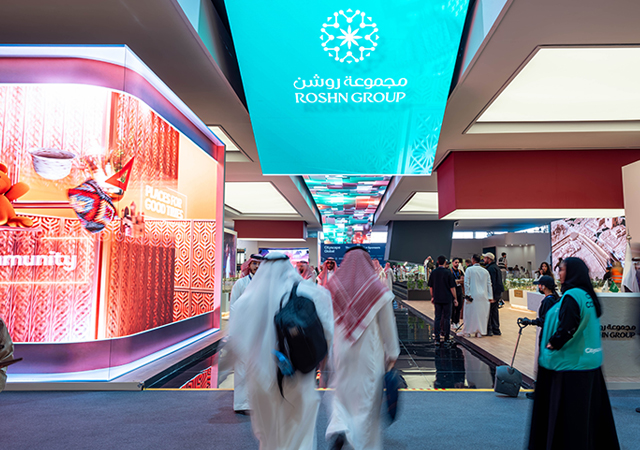






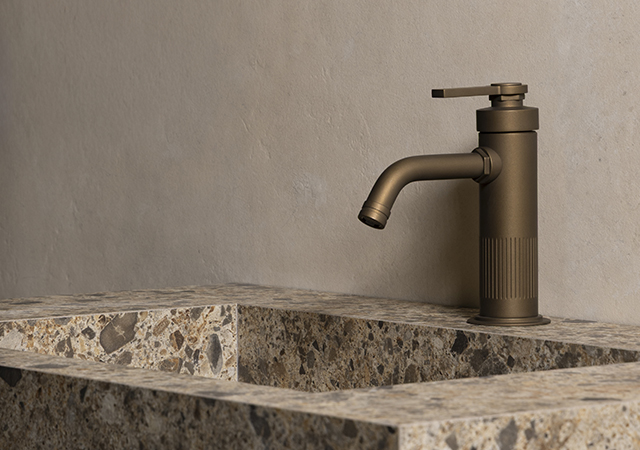

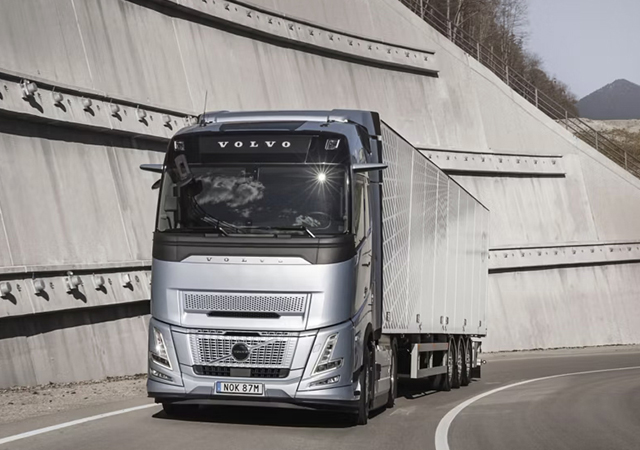

 (1).jpg)



